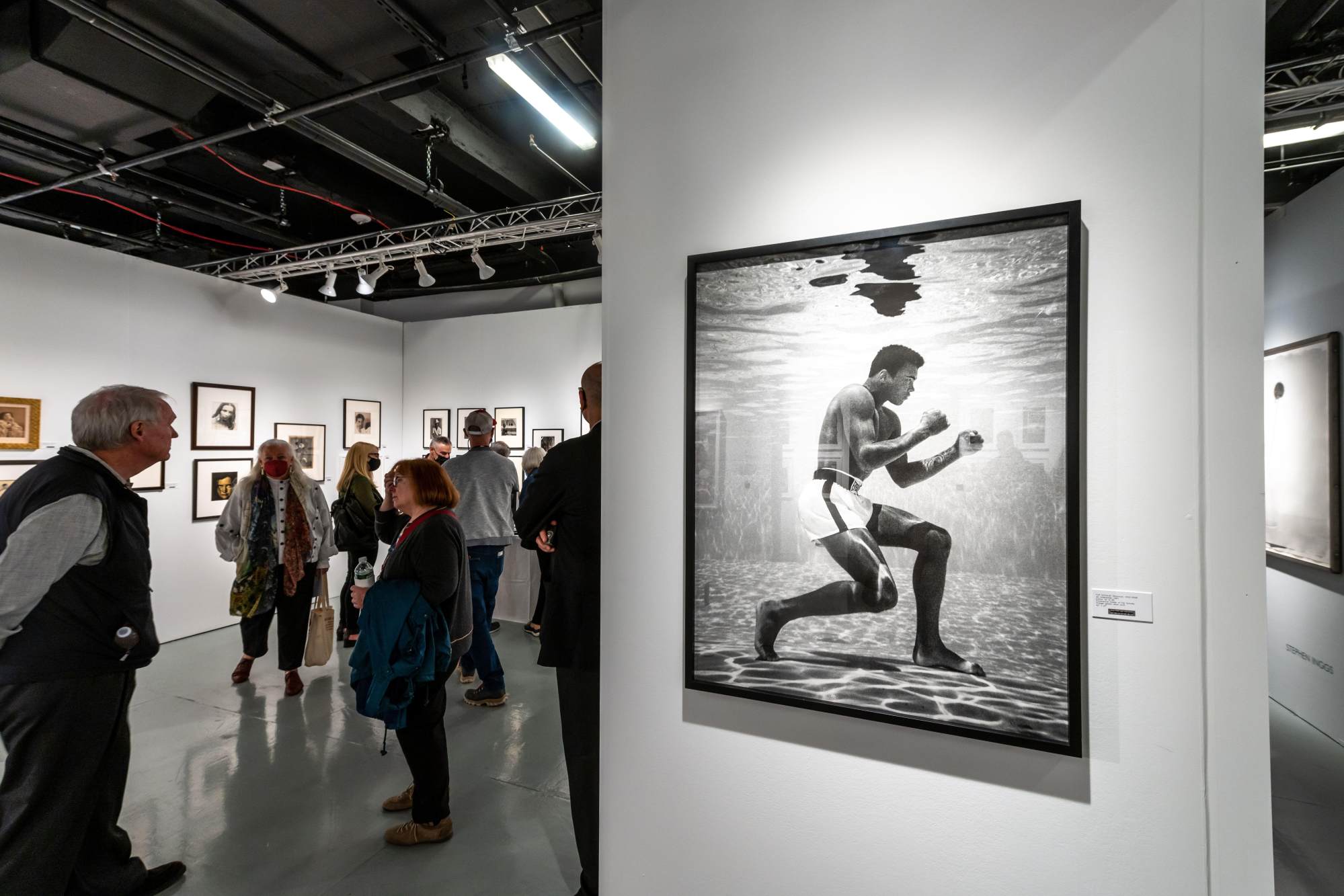
How a photo of Muhammad Ali boxing underwater inspired the founder of a Hong Kong charity that teaches underprivileged people to swim
- Libby Alexander, founder of Splash Foundation, saw American photographer Flip Schulke’s 1961 photo ‘Muhammad Ali Boxing Underwater’ while working at Sotheby’s
- She says Ali, like many African-Americans at the time, couldn’t swim, and that the photo inspires her in providing swimming lessons to low-income communities
American photographer Flip Schulke’s iconic photo “Muhammad Ali Boxing Underwater” (1961) captured the boxing legend and cultural icon aged 19, standing on the floor of a Miami swimming pool in a boxing pose.
Ali had told Schulke that this was his usual training method, but it turned out the boxer couldn’t even swim at the time and was guided instead by his eye for a compelling image.
My background is in art and auctions – I used to work in an auction house, Sotheby’s. I first saw this image about 15 years ago.

I was personally engaged with the photo exhibitions where I worked. This one stuck in my head – it’s such a striking image. I love the balance of it – the strength of the pose, perfectly symmetrical.
It’s just one of those things that stayed with me. I feel like everything came together in this image.
‘It changed my career’: chance meeting with Star Wars actress Carrie Fisher
I read an article about it when it came up at auction several years later, when I had started doing work with Splash. It became that much more poignant. Here I was, running a charity, and still only starting to understand the reasons why half of the world’s population can’t swim.
When I saw it that second time, it all came together that much more meaningfully.
Muhammad Ali didn’t swim; this was a prank he played on the photographer. Here’s a well-known person and an amazing athlete, and he didn’t know how to swim. It was remarkable he wanted to play this joke.

He’s a photographer’s dream. Having the physical capability to hold the pose like that – it must have been really hard. Any swimmer who sees the photo thinks about how hard it is to do.
If you look at the history of swimming in the United States, swimming rates among the African-American community are so low, and that traces back to community pools that were shut down (the pool where the photograph was taken was one of the few that both the black athlete and the white photographer could use). So many inner-city communities didn’t have access to swimming.
It was supposed to be for Sports Illustrated, but they weren’t interested in pictures of him swimming. The article was published in Life instead, as a fun piece. They didn’t even choose that image; it wasn’t in the magazine. I’m amazed that photo was passed up by anyone.
I own an edition of the print. I remember mentioning the story to my husband in 2017 or 2018. I said, “Now I’m doing Splash, if you ever want to surprise me …”
He found an edition a year ago; it’s on my wall at home. I get to look at it every day when I leave and when I arrive. It’s definitely one of those images that every time I look at it, I love it. Everyone loves it.
Every once in a while, I take a closer look. I don’t think I’ll ever tire of it.

